Cheongwadae Sarangchae (청와대 사랑채)
7.2 Km 3205 2023-05-30
45, Hyoja-ro 13-gil, Jongno-gu, Seoul-si
+82-2-723-0300
Cheongwadae Sarangchae désigne un espace pour en apprendre plus sur la culture coréenne et l'Histoire des présidents en Corée. Il est possible d'en apprendre plus sur les charmes du tourisme en Corée et sur les histoires secrètes de Cheongwadae.
Ca'del Lupo (까델루뽀)
7.2 Km 18619 2020-04-27
5-5, Jahamun-ro 16-gil, Jongno-gu, Seoul
+82-2-734-5233
Ca'del Lupo is an Italian restaurant, closely located to Paris Baguette in Hyoja-dong, Jongno-gu near Gyeongbokgung Palace Station. Though the restaurnat masters delicious homemade Italian cuisine on the inside, the exterior is wholly Korean. This unique combination of Hanok (traditional Korean house) style housing and Western foods is drawing a lot of people to Hyoja-dong. The great mix of both cultures can be seen in the sophisticated decorations and from the amazing food. The herbs they use are picked directly from the restaurant's personal garden. But to enjoy the atmosphere here, you will have to make a reservation far in advance.
Maison bleue - Cheongwadae (청와대)
7.2 Km 15788 2022-08-25
1 Sejongno, Jongno-gu, Séoul
+82-2-730-5800
La première caractéristique de la résidence présidentielle, Cheongwadae, réside dans les tuiles bleues du bâtiment principal. En effet, le toit du bâtiment principal de Cheongwadae est composé de pas moins de 150 000 tuiles bleues. Chacune de ces tuiles a été préparées séparément afin qu'elles puissent durer plusieurs centaines d'années. Les tuiles blues et la forme incurvée du toit rentrent en parfaite harmonie avec le mont Bugaksan en toile de fond.
Cheongwadae est composée de différents bâtiments comme le bâtiment principal, Yeongbingwan (maison d'Etat), le hall Chunchugwan, le jardin Nokjiwon, la colline Mugunghwa, ou encore le pavillon Chilgung. Toutes ces structures disposent de leurs propres caractéristiques et de leur histoire, tous construit dans une architecture traditionnelle en Corée.
Le site propose également des expositions pour en apprendre plus sur l'Histoire de Cheongwadae. Le site est désormais ouvert aux visites.
Village Seochon (서촌마을)
7.3 Km 2687 2021-07-14
45, Pirundae-ro, Jongno-gu, Seoul
Le village Seochon se situe à l'est du palais Gyeongbokgung. Il s'agit d'un lieu composé à la fois de maisons traditionnels hanok, de petites ruelles paisibles, mais aussi de nouveaux magasins qui forment une très belle harmonie dans le village. En parcourant les nombreuses petites ruelles des lieux, vous pourrez aussi apprécier plusieurs peintures murales très colorèes. Ce village se distingue donc par son côté à la fois pittoresque mais aussi raffiné.
Marché de Tongin (통인시장)
7.3 Km 5818 2022-12-13
18, Jahamun-ro 15-gil, Jongno-gu, Seoul
+82-2-722-0911
Le marché de Tongin a été crée en juin 1941 sous l’occupation japonaise. Après la guerre du 25 juin, le région de Seochong a connu une hausse de la consommation causée par la soudaine croissance démographique. Des boutiques et des magasins se sont créés sous forme de marché public.
Le marché public Tongin se compose de 75 restaurants dont principalement des restaurants et des magasins de banchans (petits plats d'accompagnements) qui livrent des produits frais : poissons, fruits et légumes. D’autres commerces de vêtements, chaussures et retouches sont présents sur le marché.
Darakjeong (다락정)
7.3 Km 340 2021-03-26
131-1, Samcheong-ro, Jongno-gu, Seoul
+82-2-725-1697
Darakjeong has been popular for a long time because of the simple taste of its traditional Mandu (Korean stuffed dumpling). Since its opening in 1991, tasty soup and scrumptious Mandu have been served. A fist-sized Mandu is fully packed with seasoned meat, bean-curd, and various vegetables. Its thick dough makes it chewy and delightful. For one person, “Manduguk”(boiled dumpling soup) is a good choice. The delicious and nourishing taste of Mandu goes well with the sweet, spicy, and fresh taste of the soup. Manduguk is served in a brass bowl which keeps the food warm while eating. For a large-size group, “Mandujeongol” cooked with various vegetables in a casserole is recommended. There are two types of Mandujeongol that have different tastes. The main characteristic of “Kimchi Mandujeongol” is its spicy flavor, which reminds people of the refreshing taste of Kimchi soup, and “Tojang Mandujeongol” expounds on the savory taste of bean-paste soup. Tojang means folk soybean-paste. “Nokdujeon”(a Korean pan-fried dish with green mung bean) is another famous dish at Darakjeong, which is pan-fried with a very light seasoning to emphasize the original taste of Nokdu (green mung bean). Salted oysters with hot pepper are served with Nokdujeon instead of soy sauce, which is a perfect match.
Nuwa [Korea Quality] / 누와 [한국관광 품질인증/Korea Quality]
7.3 Km 3 2021-03-29
3-1, Pirundae-ro 5na-gil, Jongno-gu, Seoul
This hanok (traditional Korean house) is located deep in the Seochon Village, west of Seoul’s Gyeongbokgung Palace. Its tasteful renovation of a small 33 m2 hanok made it highly popular among the younger guests. The courtyard has a low maple tree and tastefully arranged stones, while the hanok is capable of accommodating up to 2 persons.
This L-shaped hanok has a full window wall facing the living room, which is furnished with a low walnut table and a bathtub. Visitors can enjoy premium tea at the table. The bathtub, which is connected to the table at one end, can be used mainly for a foot bath with bath salts that assist circulation. There is also a restroom in the building.
Nuwa’s bedroom has a circular window, much like the full moon, with a view of the garden and the fringes of the Inwangsan Mountain.
Nunnamujip (눈나무집)
7.3 Km 12550 2020-06-16
136-1, Samcheong-ro, Jongno-gu, Seoul
+82-2-739-6742
Nunnamujip is famous for a North Korean dish called, “Kimchi mari guksu”, which is a noodle dish in cold kimchi soup containing toasted laver, a boiled egg, and sesame. The soup is refreshingly cold and a little spicy. For “Kimchi mari bap”, a bowl of rice is put into cold kimchi soup instead of noodles. The taste is very unique. In addition to Kimchimari, “Tteokgalbi” is a popular dish on the menu as well.
The main restaurant is located in the basement, which has only limited seating capacity with a few tables. As a result, many people usually wait in line for lunch or dinner. A second franchise has opened in a three-story building across the street. To enjoy a quaint atmosphere, the first establishment is better, but the new one’s interior design is much more modern and fancier, giving it a fresh altering look.
Cimetière national de la révolution du 19 avril (국립4.19민주묘지)
7.3 Km 3994 2023-01-12
17, 4.19-ro 8-gil, Gangbuk-gu, Seoul
+82-2-996-0419
Situé au pied du mont Bukhan, le cimetière national de la révolution du 19 avril a été créé à la mémoire des 224 personnes mortes durant la révolution du 19 avril en 1960. Une inscription à la mémoire de ceux qui se sont battus et sont morts pour la justice est gravée au centre de la tour commémorative. Dans ce cimetière de 135 901 m², un bosquet de pins, de genèvriers, d’ifs et d’érables créé une ambiance sereine. Il accueille également un hall commémoratif de 1 652,9 m² ainsi qu’une structure traditionnelle en bois de 330,58 m² abritant la tombe de Yu Yeongbong. On y trouve aussi un étang, des sculptures artistiques telles que la Porte Symbolique, les Racines de la Démocratie et les Etincelles de Justice, ainsi qu’un sentier de randonnée bien entretenu et des chaises en plein air. En mai, la vue sur le mont Bukhan est magnifique, surtout au crépuscule.
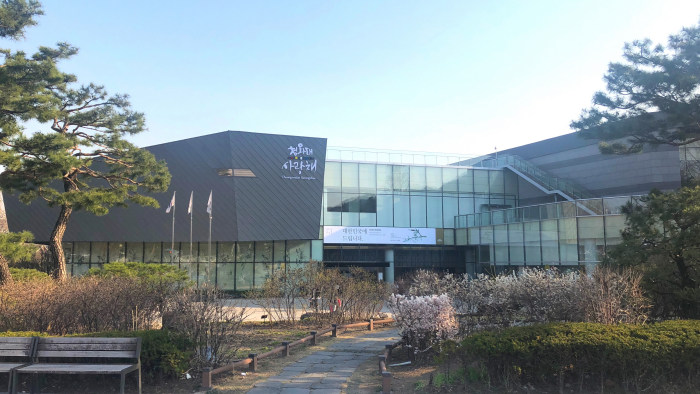
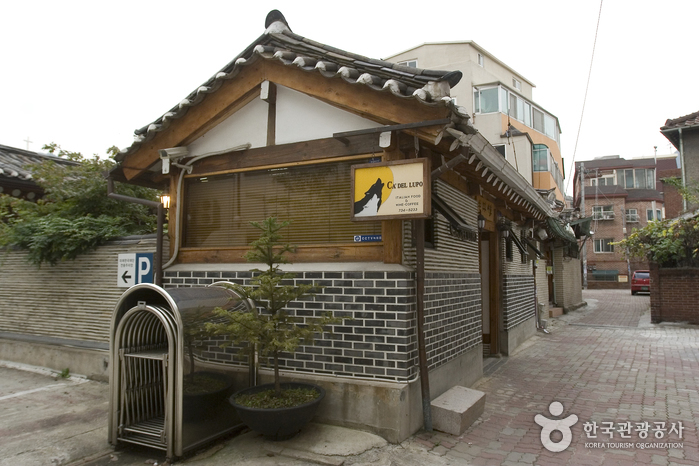
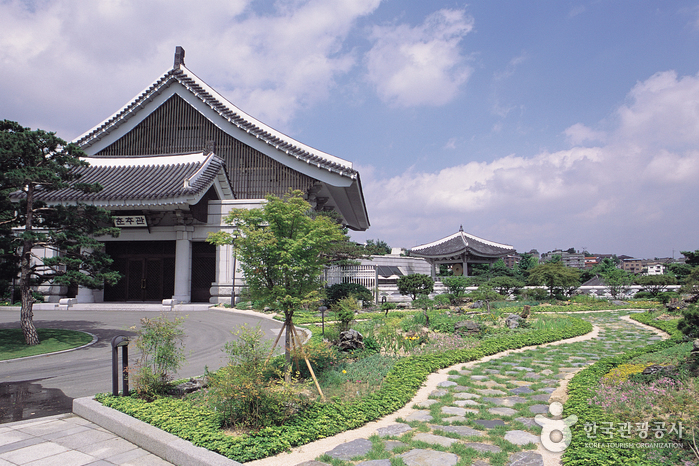
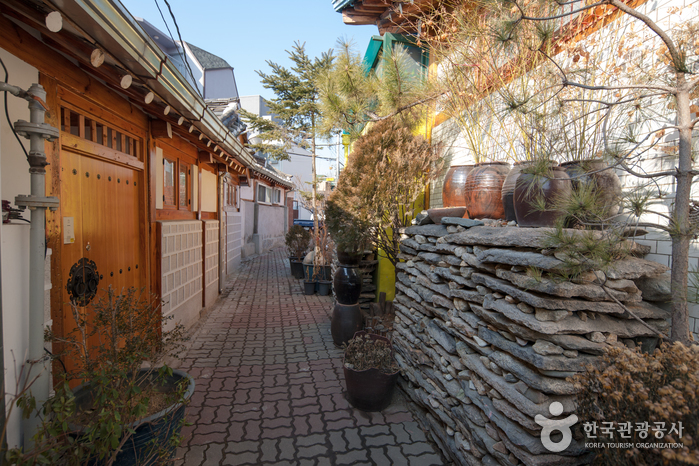

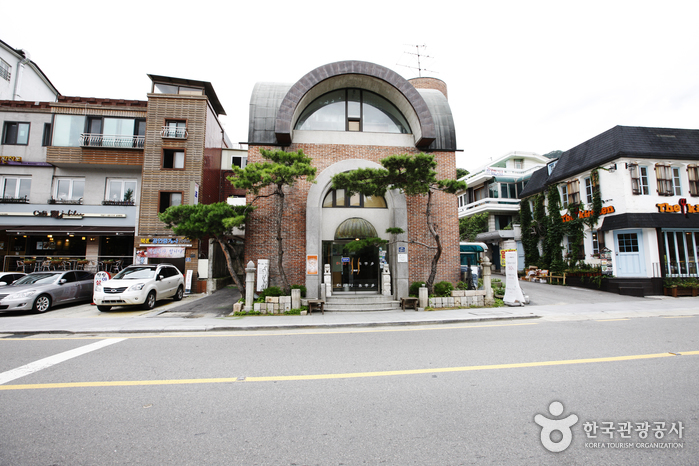
![Nuwa [Korea Quality] / 누와 [한국관광 품질인증/Korea Quality]](http://tong.visitkorea.or.kr/cms/resource/07/2707607_image2_1.jpg)
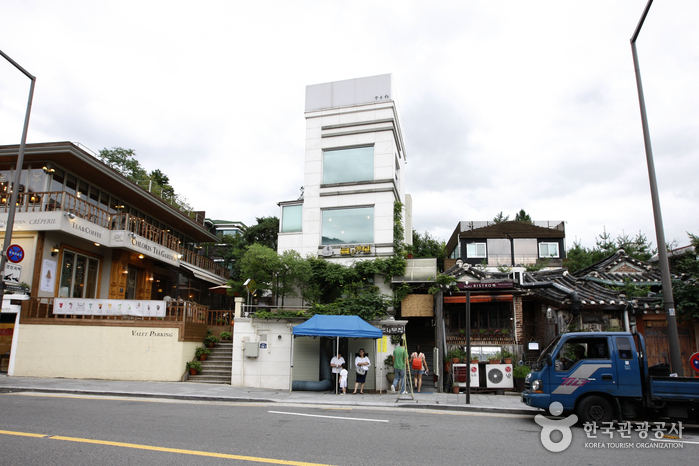
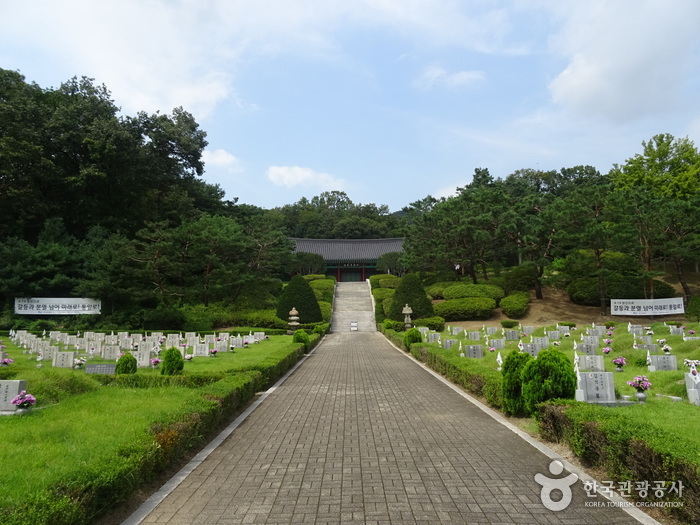
 Français
Français
 한국어
한국어 English
English 日本語
日本語 中文(简体)
中文(简体) Deutsch
Deutsch Español
Español Русский
Русский